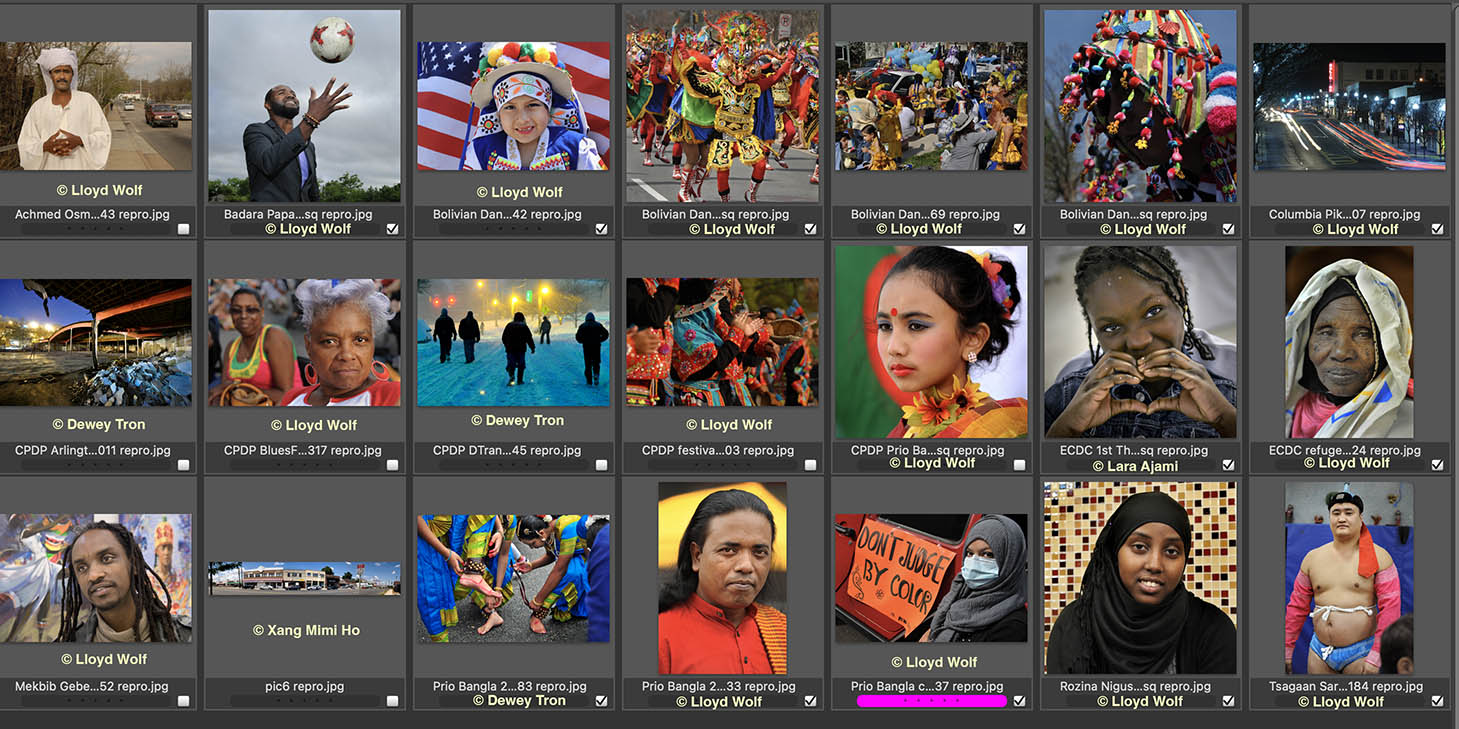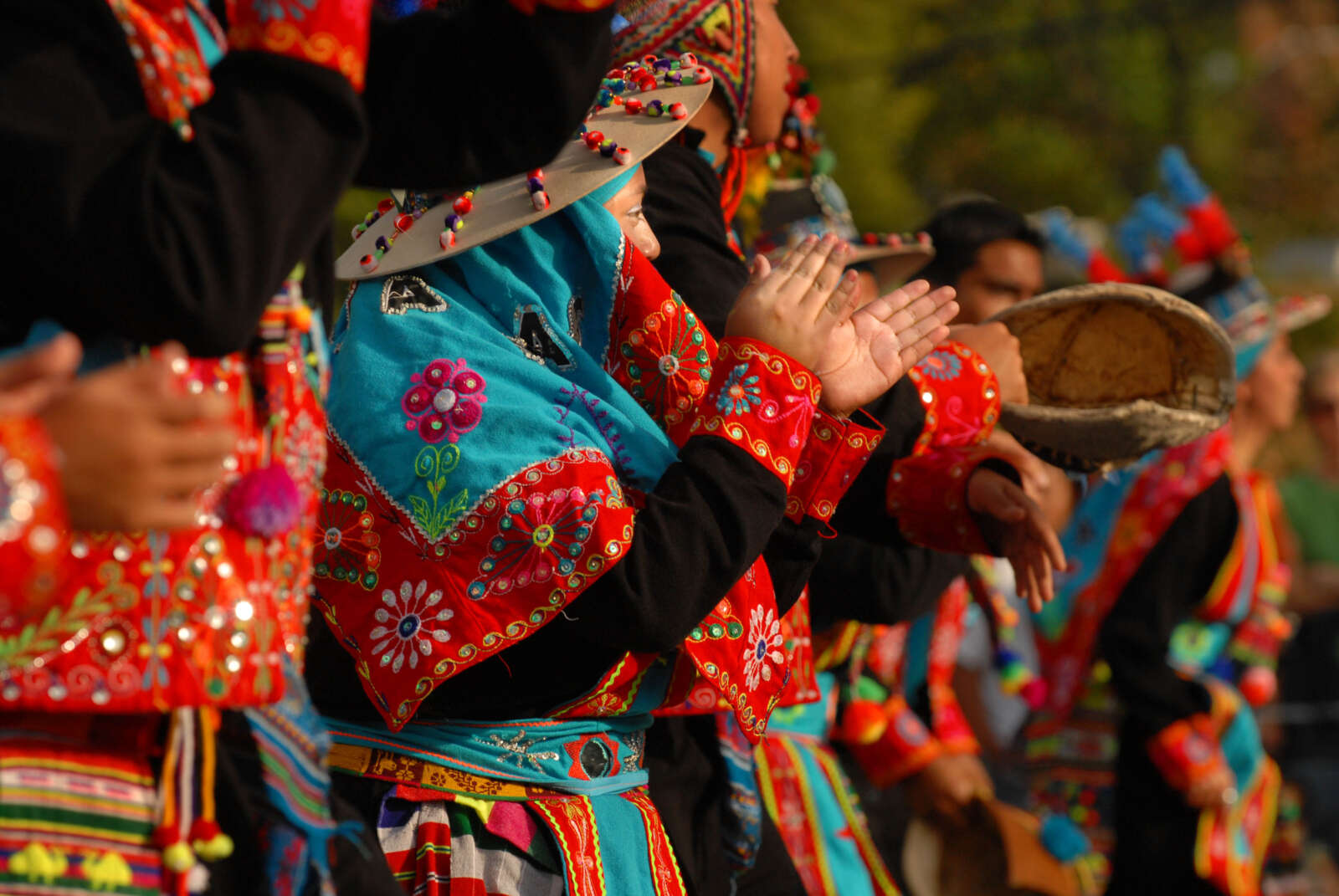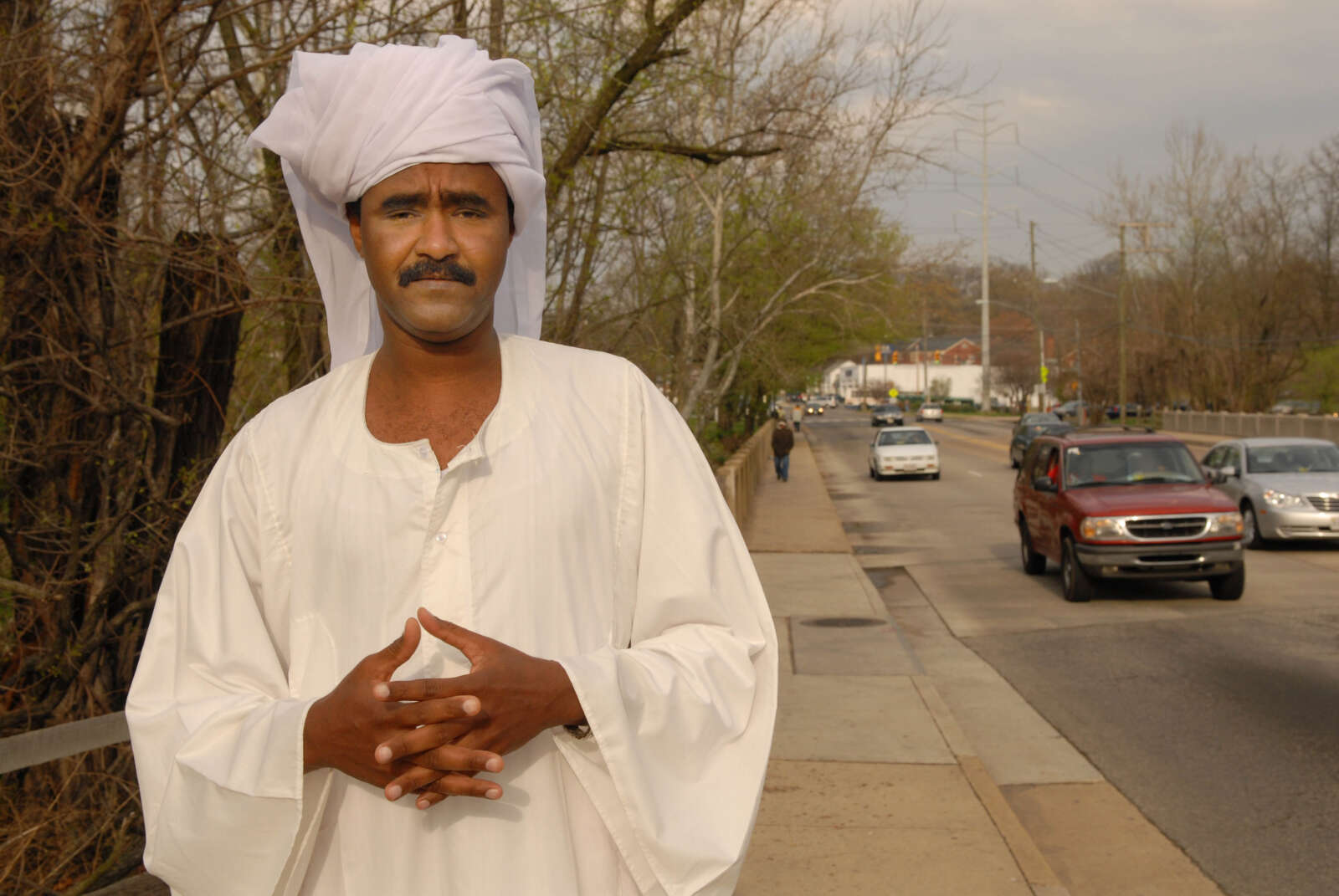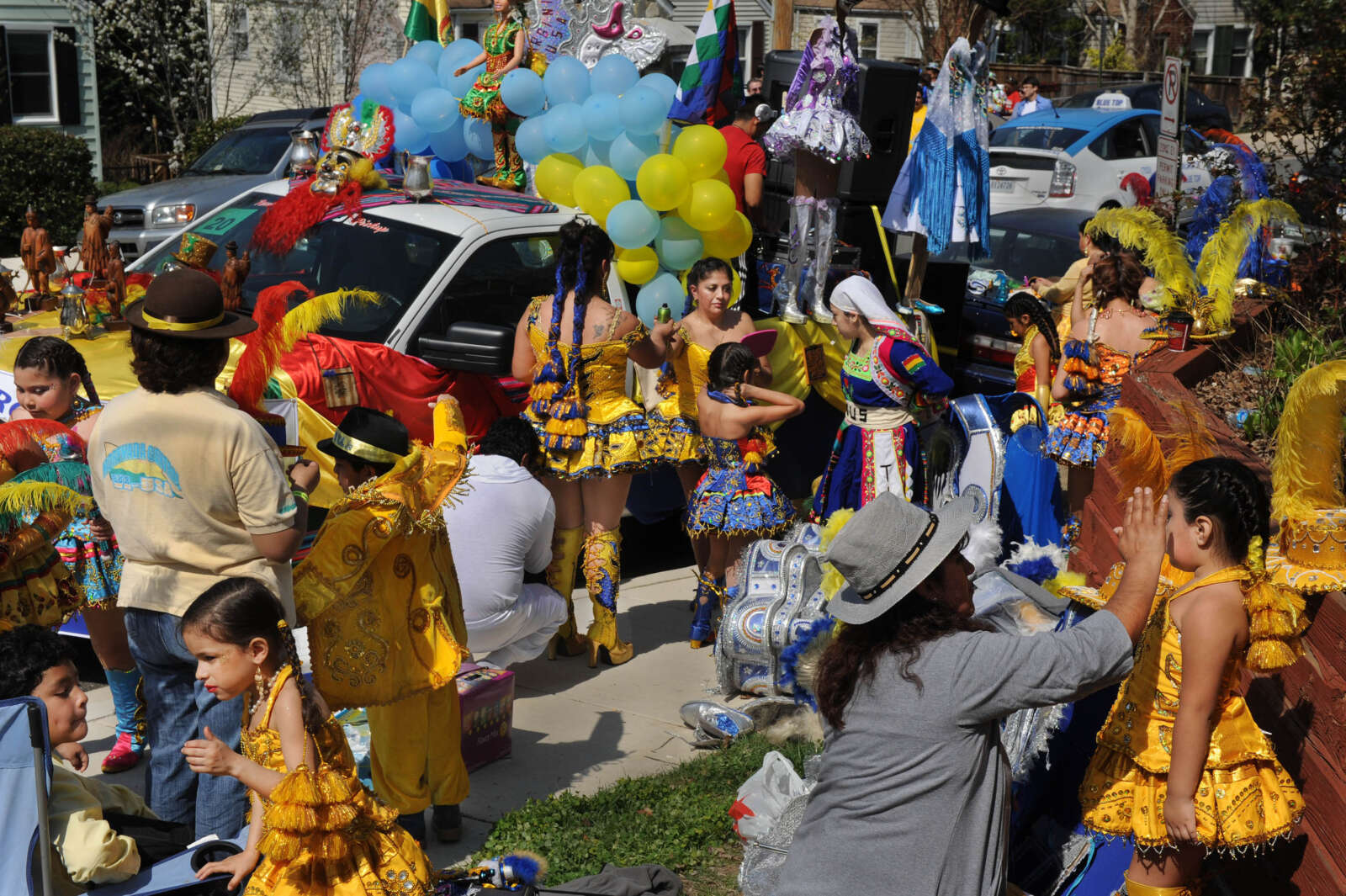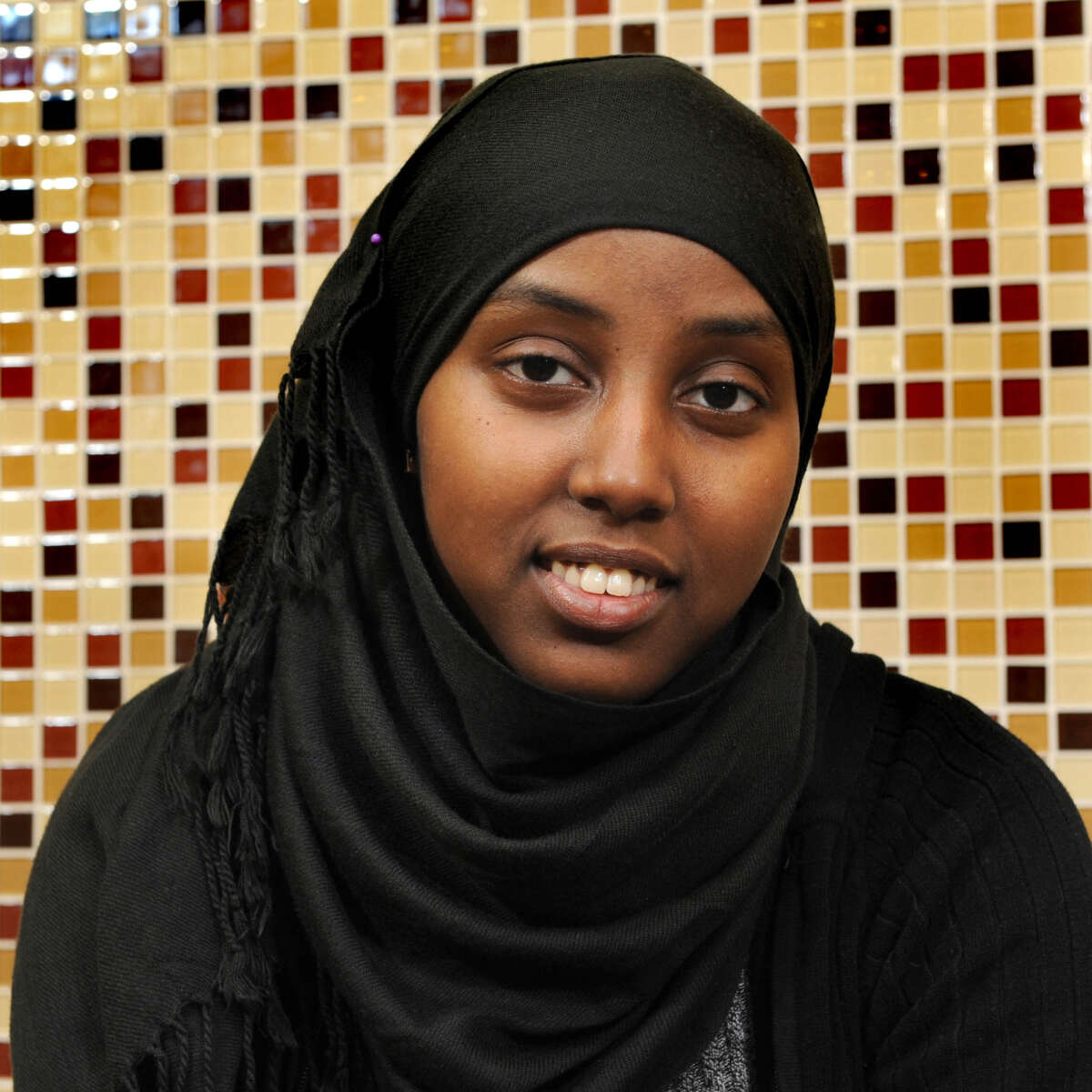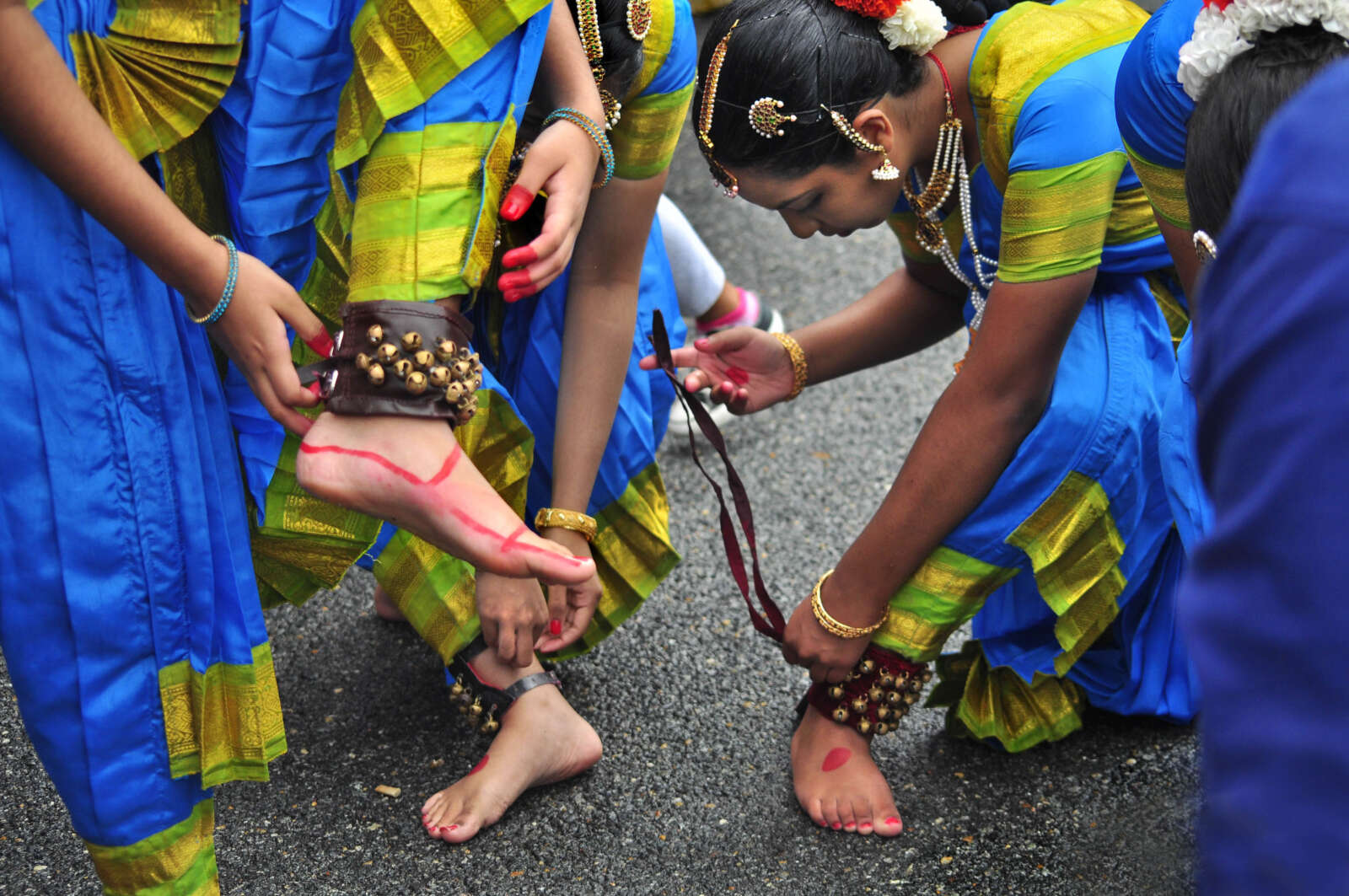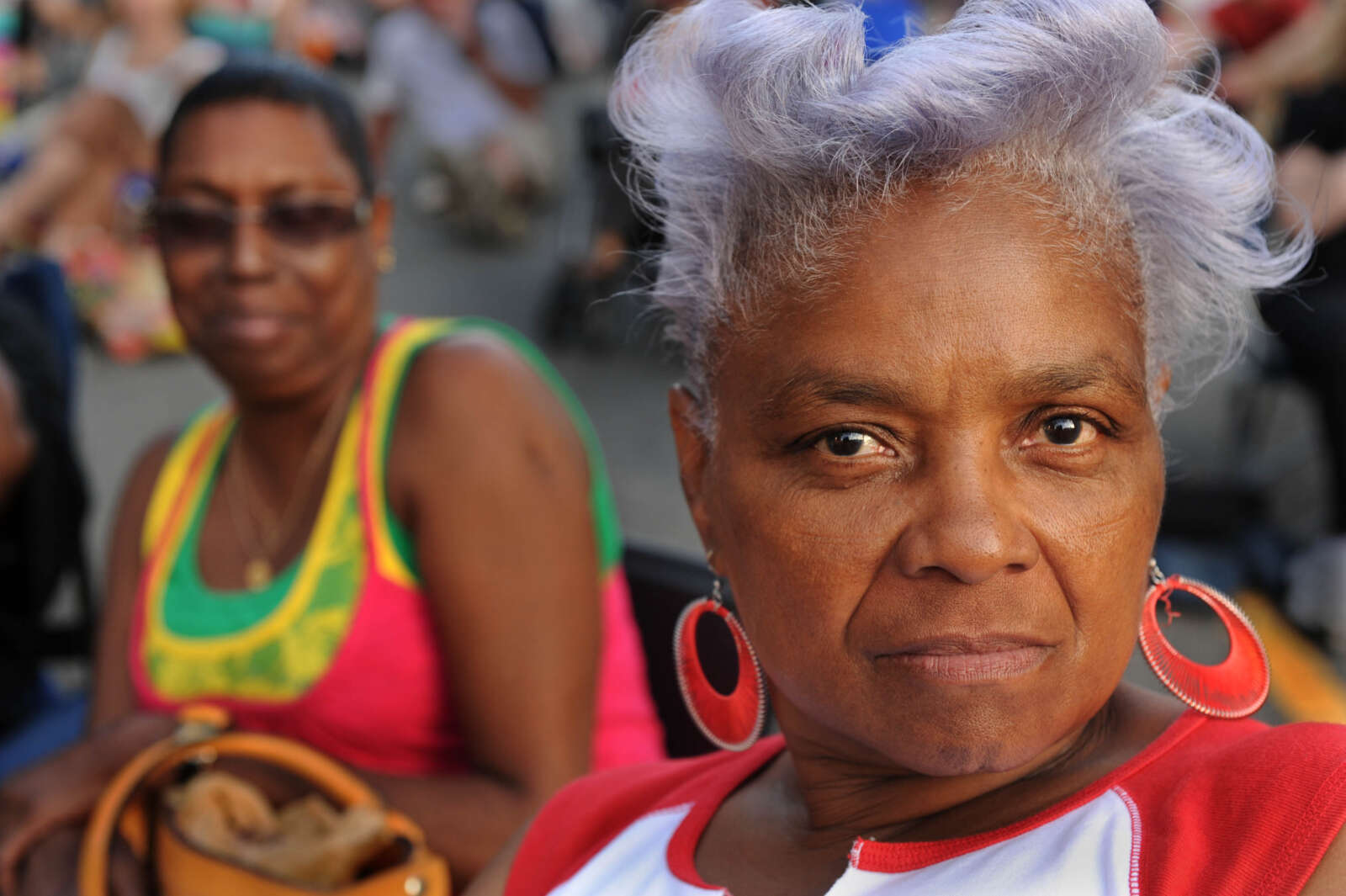There are few people who know more about how Columbia Pike has changed in recent years than Lloyd Wolf, director of the Columbia Pike Documentary Project.
Since 2007, Wolf and a team of photographers, interviewers and community activists have spoken with hundreds of residents and taken thousands of pictures of South Arlington’s main thoroughfare.
As part of the project, they’ve kept a running blog, published books, and conceived numerous exhibits all aimed at discovering what makes Columbia Pike so special.
Wolf and his team of now-five include Dewey Tron, Xang Mimi Ho, Lara Ajami and Sushmita Mazumdar. They have documented a Bangladeshi-American car parade, a Thanksgiving dinner for new Ethiopian immigrants, a local Piedmont blues style guitarist along with dozens more celebratory moments and personal stories.
“The Pike is this nexus of immigration and diversity. And people are basically getting along and we thought ‘This is something we really should examine in-depth,'” Wolf tells ARLnow about how the project got started more than a decade ago.
Columbia Pike has a well-earned reputation for being among one of the most diverse neighborhoods in the country. It’s estimated that there are people from more than 130 countries speaking at least a hundred languages living on or in the Columbia Pike corridor. Famously, the Pike and its corresponding 22204 ZIP code has gotten the nickname for being the “world in a ZIP code.”
Wolf says one of the most gratifying aspects of the project for him is the ability to listen and learn about cultures and communities from around the world; the traditions, the rituals, the successes, and the challenges. Plus, his team is made up of people whose backgrounds include being Syrian, Vietnamese, Laotian and Japanese.
To Wolf, this perfectly encapsulates what makes Columbia Pike so special.
“If we weren’t doing this project, maybe we wouldn’t have a chance to meet. I have this line ‘This is what peace looks like,'” he says. “To the Pike, people come. It’s not perfect, but by and large, the groups interact well.”
This is a testament to the Arlington community as a whole. In a county where diversity is valued, appreciated, and celebrated, Wolf notes, differences don’t divide but unite.
“I’ve heard immigrants say that ‘I don’t feel different here because everyone is different,'” he says.
However, like much of Arlington, it’s no secret that Columbia Pike is physically changing, with a number of major development projects set to be completed in the near future.
And, recently, Wolf has set out to explore how these changes might impact the communities he’s spent years documenting.
“[The Pike neighborhood] is now under a lot of economic pressure. The county doesn’t like to use this word, but frankly, gentrification is occurring,” Wolf says. “So, how does a diverse community that values diversity cope with these issues?”
He sees the squeezing out of the middle class, Amazon’s growing presence, and the struggle to preserve affordable housing on the Pike as causes for concern. It’s not just the ethnic diversity of the Pike that’s at risk, but economic diversity with housing playing such a critical role in shaping a community.
“Fearful is too strong a word, but my concern is that the Pike will become… a lot wealthier and more generic,” he cautions.
Wolf does note he’s not a demographer, a politician, or a sociologist. But he is a documentarian, photographer, and an artist who’s been capturing images of people for nearly five decades. He understands how personal stories, anecdotes and images can be microcosms for societal themes.
Right now, the focus of the Columbia Pike Documentary Project is on the road ahead as they interview residents mostly under the age of 30.
No matter what the future holds for the Pike, Wolf says what he and his team have captured over the last 15 years show that everyone who lives on Columbia Pike deserves praise for building a welcoming, vibrant, diverse community.
“It’s a vision of what the world could be,” Wolf says. “I think there’s some joy and strength and it’s something to be proud of for what we’ve done here.”


